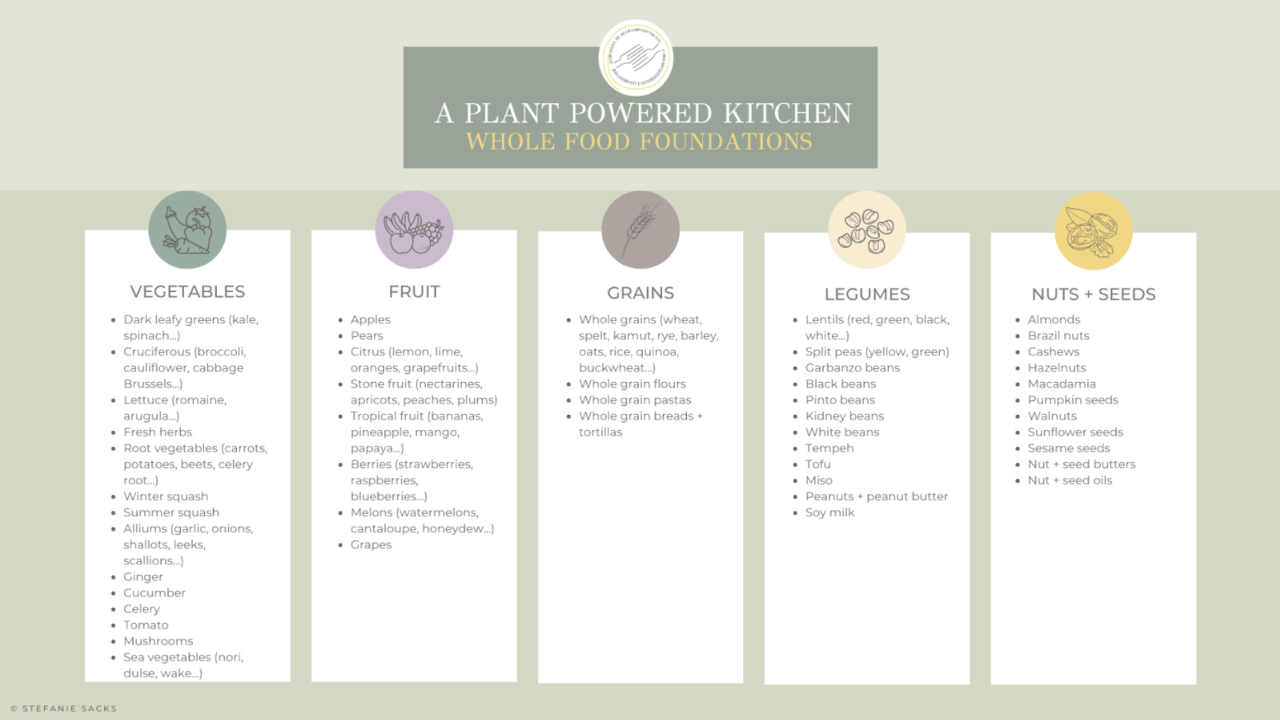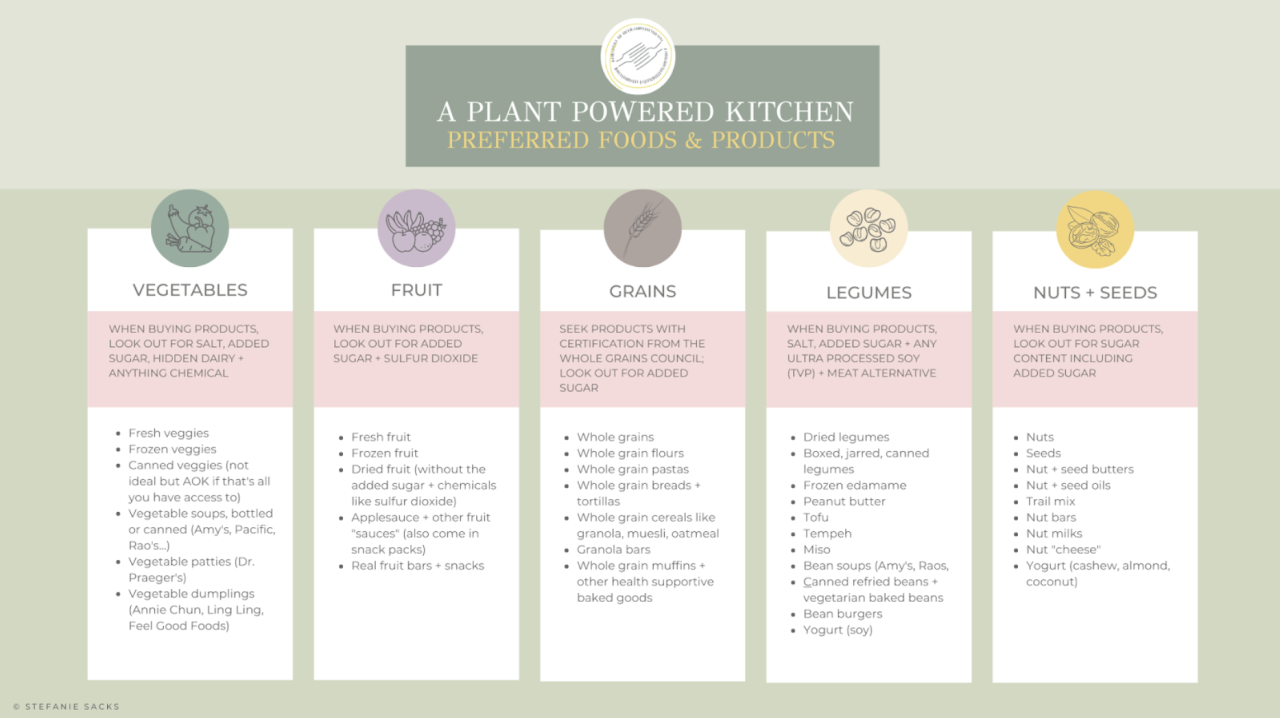
EWG presents a series of guest articles by Culinary Nutritionist and Author of “What the Fork Are You Eating?” Stefanie Sacks exploring the link between a healthier diet and a healthier environment while offering straightforward advice and encouragement to anyone looking to improve their nutrition and protect the planet.
I hope you’ve garnered enough information from my alternative protein musings that you want to try doing things a little differently. Reshaping what and how you eat is a process, and it’s the small changes that make a big difference. So stick around as I show you how to get started on a healthier trajectory for you, your family and the planet.
But first, let’s recap. I believe in using food to prevent illness, manage chronic illness and support health during serious illness, like cancer. Eating a plant-rich diet, focused on whole foods and smaller amounts of animal protein, is better for us and for the planet, which is particularly important in light of the climate crisis.
But not everyone can, or wants to, ditch their years-old lifestyle and dietary choices to revamp their eating in one fell swoop. Instead, it’s a matter of making incremental changes to consume more plant-based and less animal-based food.
For decades I have helped people create and maintain healthier kitchens with something I call a pantry rehab. So if you’re ready to roll up your sleeves, my book What The Fork Are You Eating? is there to guide you. But some people just want a quick-start guide to a healthier nourishment foundation – and if that’s you, this article could be a primer. I promise not to urge you to start soaking and pressure cooking or boiling your beans – canned are just fine.
If educating people of all ages, with varied socioeconomic backgrounds and different starting points, has taught me anything, it’s this: We need to see eating healthfully on a spectrum, and my job is to cater to everyone’s beginning, always celebrating what they can do and honoring what they can’t.
Vegetables and fruits – fresh, frozen, canned and dried – as well as whole grains are key contributors to a plant-based food lifestyle. But it’s the “protein factor” that can create a challenge. If you’re an omnivore, it likely feels natural to swap meat for its plant equivalent, so if you love burgers, the veggie burger that looks and tastes most like meat may be your go-to.
If breakfast and lunch meats like bacon, sausage, ham, turkey and hot dogs are your thing, the ultra-processed plant version could be your starting point. And if that’s what feels comfy for you, I won’t argue – I firmly believe that if you crave meat, you should eat it. I’m just not particularly a fan of ultra-processed plant-based meat alternatives, which are often filled with highly refined plant protein, sodium, sugar, flavors, fillers and in some cases, chemical ingredients.
So you may do better to eat less of the real thing, with more thoughtful sourcing strategies – finding out more about where your food comes from and the farmers who support a more sustainable system.
Do you do dairy? If so, then a myriad of plant-based milks, yogurts and cheese are at an arm’s reach. But not all dairy-free milk is created equal. Keep an eye out for added sugar, flavors and ingredients whose names you can’t pronounce.
To get started with your plant-powered kitchen, two guides may be useful – one on whole food foundations and the other on preferred foods and products. (See images below.)
The first chart contains an overview of the kinds of food that best serve a healthy food plan, with ideas in five categories of foods. The second chart drills down with specifics about what to look for in each category and what you may want to avoid, such as tips about less desirable ingredients and processes.


And don’t forget you can consult EWG’s Food Scores to get even more information about some of these products.
Now that you know how to shop a little differently and have started to build your plant-based kitchen, here are some plant-based meal and nosh options to give you a map for your nourishment for one day.
| Time | Food options |
|---|---|
| Morning | • Fruit and vegetable smoothie • Cereal with fresh fruit and non-dairy milk • Avocado toast • Apple or banana with peanut butter |
| Mid-day | • Large green salad with vegetables and legumes • Hummus wrap with vegetables • Small salad with soup |
| Evening (see meatless recipes here) | • Rice and beans with cooked vegetables • Veggie chili • Tofu lasagna rolls • Lentil sloppy Joe |
| Noshes | • Fresh fruit • Fresh veggies • Nuts and seeds • Trail mi • Guacamole with veggies |
You don’t need to implement these changes or even fully adopt a plant-based food lifestyle. Simply making small changes can lead to big differences in your health and the health of the planet.



